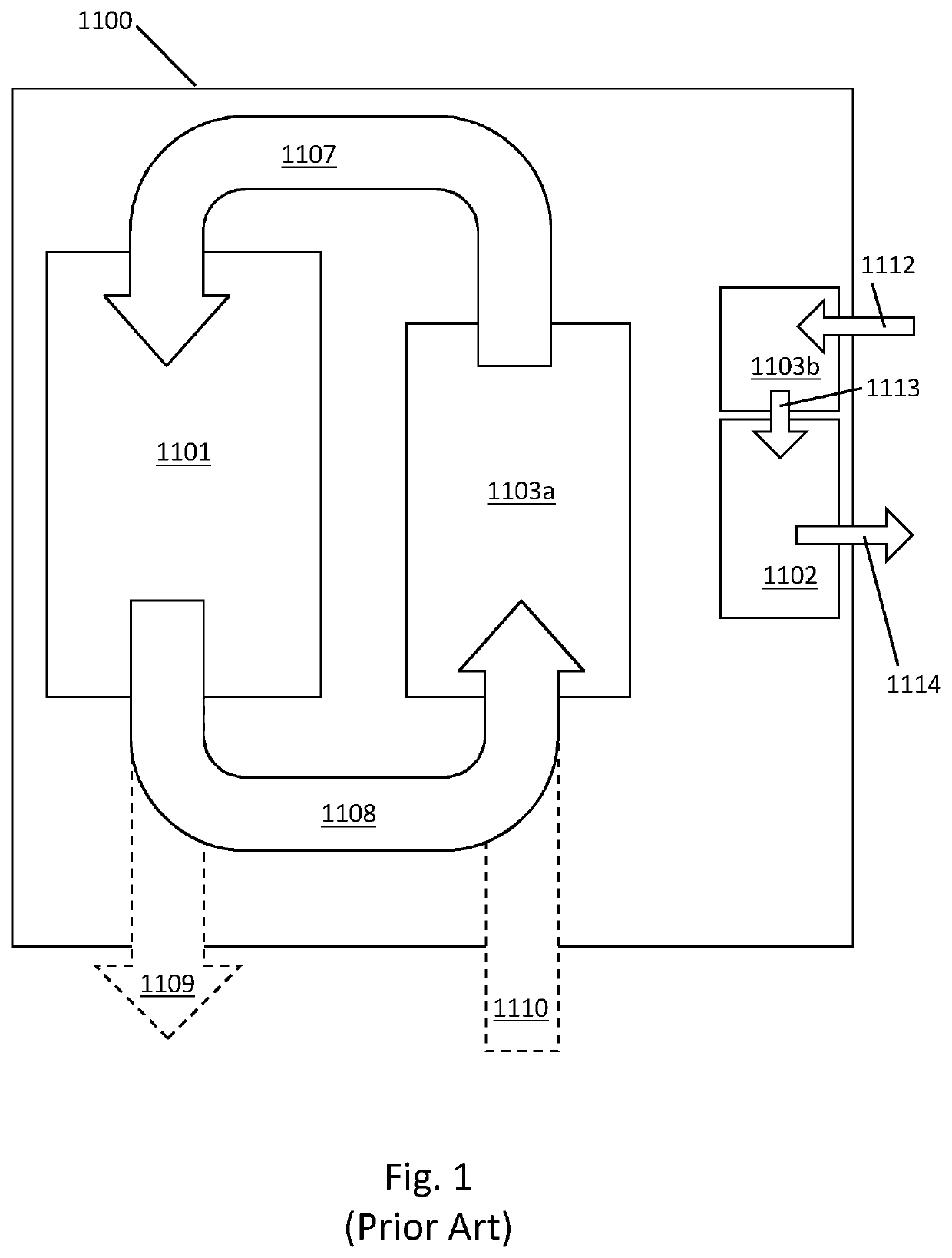Data centre
a data center and electrical equipment technology, applied in data processing centers, cooling/ventilation/heating modifications, support structure mounting, etc., can solve problems such as reducing maintenance requirements
- Summary
- Abstract
- Description
- Claims
- Application Information
AI Technical Summary
Benefits of technology
Problems solved by technology
Method used
Image
Examples
Embodiment Construction
[0086]As used herein, the term ‘in use’ means during the normal use of the item so described. For example, a data centre is ‘in use’ when operating normally, for example when the items of IT equipment housed in the data centre are functioning, and the air handling unit is operating to provide adequate cooling air to the items of IT equipment. It will be appreciated that a data centre is operating normally whenever it is operating within its design thresholds. For example, when the data centre is operating at 20% of its maximum design capacity, or 100% of its maximum design capacity, it is operating normally.
[0087]A data centre is a facility for housing large numbers of densely packed computer servers. One approach classifying data centre size is by the total power consumption of the IT equipment in the data centre (when the data centre is at full IT equipment capacity). Small to medium-sized data centres may, for example, have a power consumption of 125 KW to 1.5 MW, large-scale dat...
PUM
 Login to View More
Login to View More Abstract
Description
Claims
Application Information
 Login to View More
Login to View More - R&D
- Intellectual Property
- Life Sciences
- Materials
- Tech Scout
- Unparalleled Data Quality
- Higher Quality Content
- 60% Fewer Hallucinations
Browse by: Latest US Patents, China's latest patents, Technical Efficacy Thesaurus, Application Domain, Technology Topic, Popular Technical Reports.
© 2025 PatSnap. All rights reserved.Legal|Privacy policy|Modern Slavery Act Transparency Statement|Sitemap|About US| Contact US: help@patsnap.com



